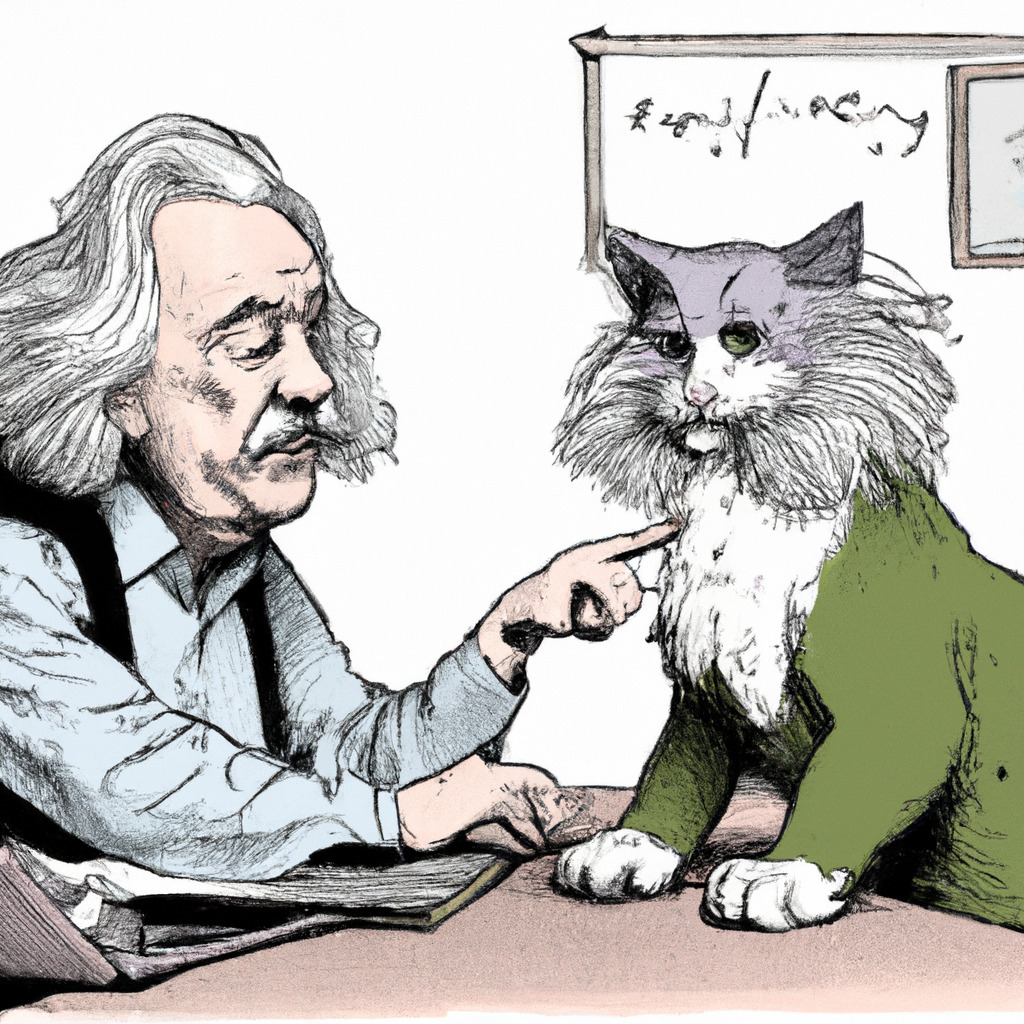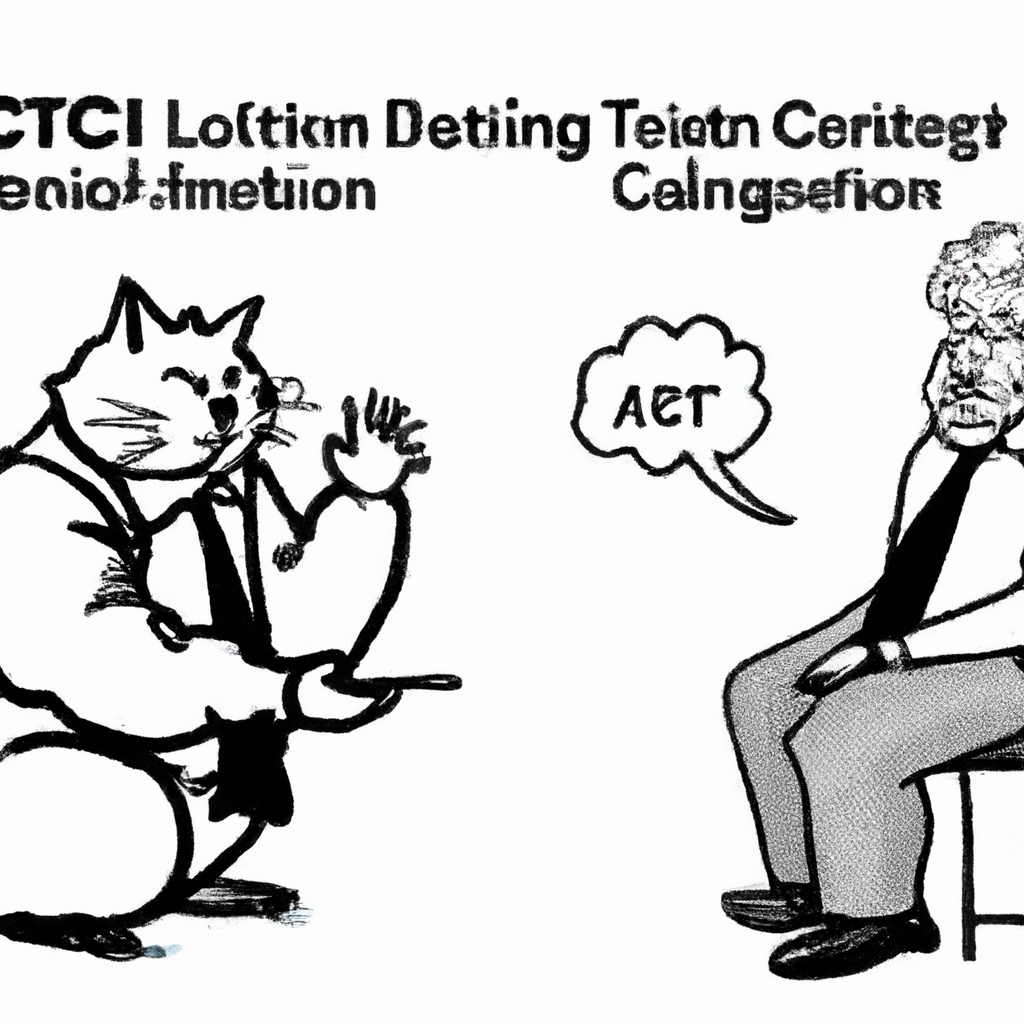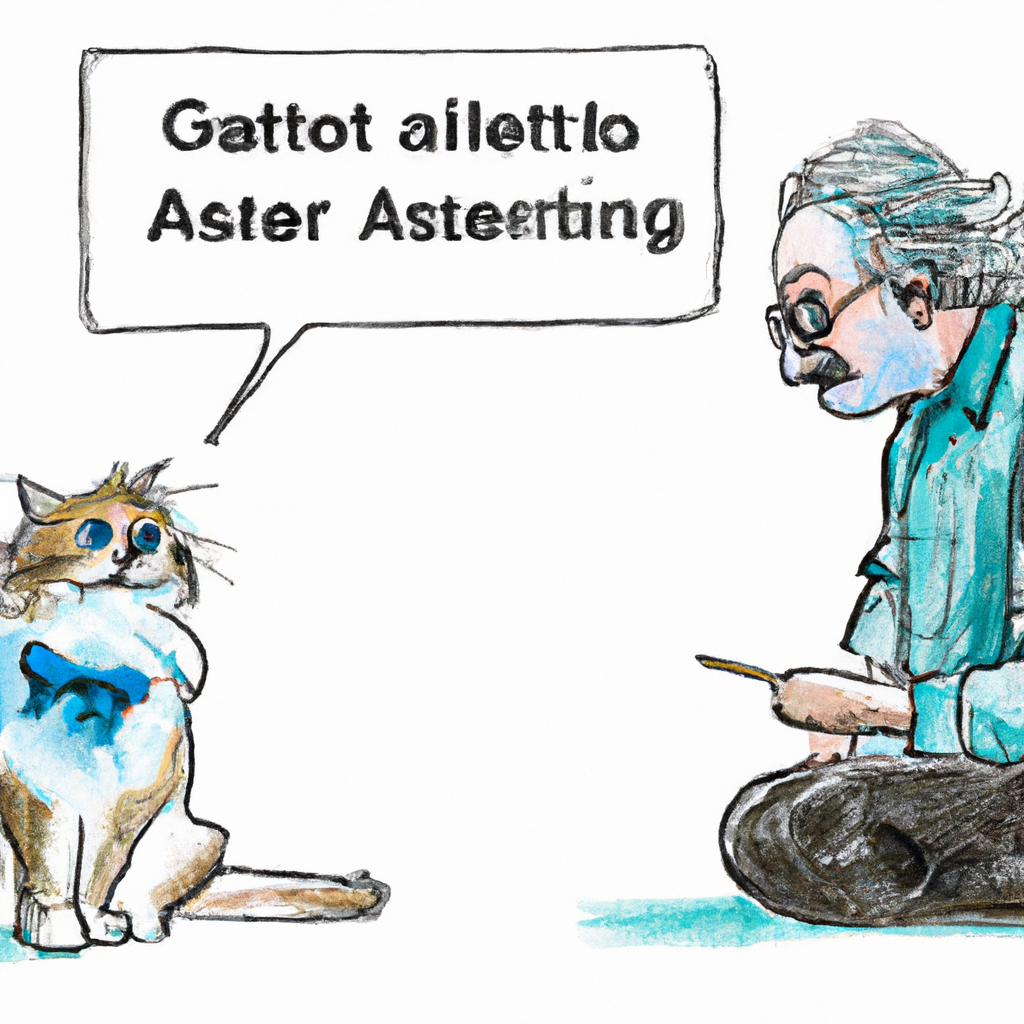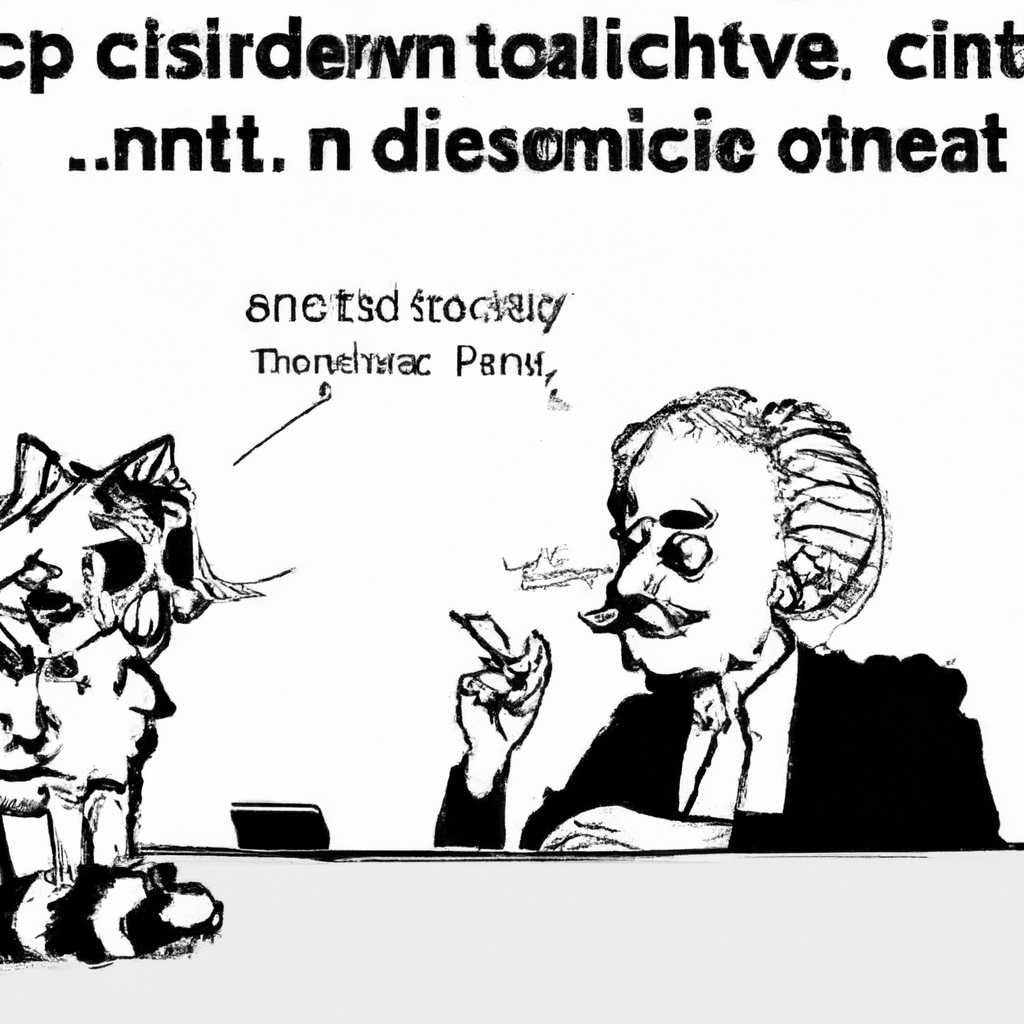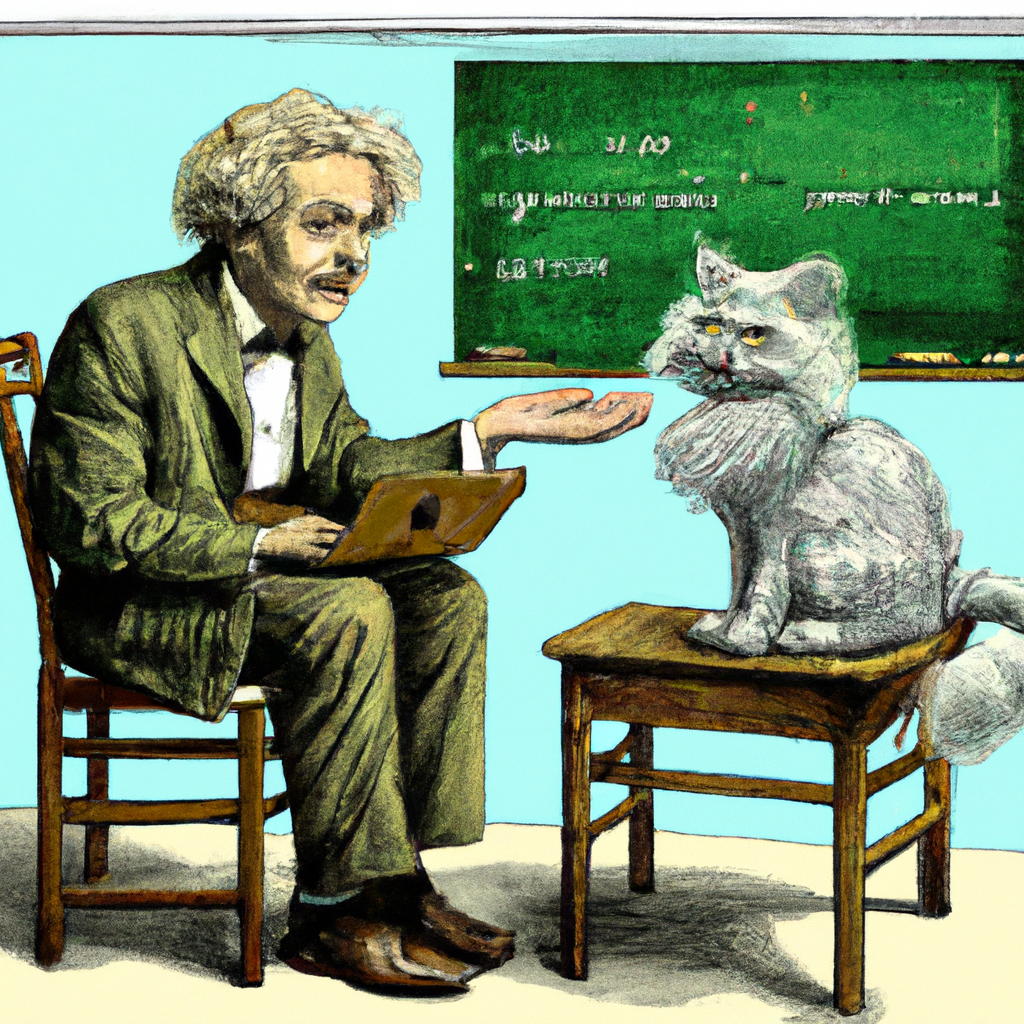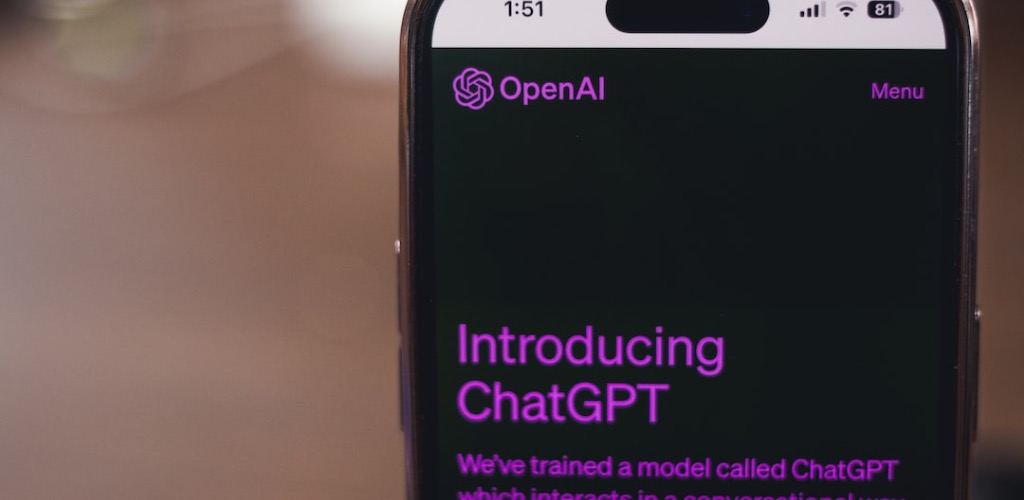
As artificial intelligence continues to advance, chatbots are becoming increasingly popular in various industries. One of the most powerful chatbot technologies is GPT, which stands for Generative Pre-trained Transformer. GPT is a type of language model that can generate human-like responses to text inputs. However, to fully utilize GPT’s capabilities, it’s essential to understand some of its features such as tokens, temperature, penalty, and others.
Tokens are the building blocks of GPT’s language model. They are the individual words or symbols that make up a sentence. When using GPT, it’s essential to understand how tokens work because they affect the quality of the chatbot’s responses. For example, if you’re building a chatbot for customer service, you may want to include specific tokens related to your industry to ensure that the chatbot understands the context of the conversation.
Temperature is another feature of GPT that can affect the quality of its responses. Temperature refers to how “creative” the chatbot’s responses are. A high temperature means that the chatbot is more likely to generate unique and unexpected responses, while a low temperature means that the chatbot will stick to more predictable responses. Depending on the use case, you may want to adjust the temperature to achieve the desired level of creativity.
Penalty is a feature of GPT that can be used to discourage the chatbot from generating certain types of responses. For example, if you’re building a chatbot for a children’s game, you may want to penalize the chatbot for generating inappropriate or offensive responses. Penalty can also be used to encourage the chatbot to generate more accurate responses by penalizing it for generating incorrect or irrelevant responses.
Another important feature of GPT is context. Context refers to the previous messages in a conversation and can be used to improve the quality of the chatbot’s responses. For example, if a customer asks a question about a specific product, the chatbot can use the context of the previous messages to provide a more accurate and relevant response.
To fully utilize GPT’s capabilities, it’s essential to understand these features and how to adjust them to achieve the desired results. For example, if you’re building a chatbot for a customer service application, you may want to adjust the temperature to achieve a balance between creativity and accuracy. You may also want to include specific tokens related to your industry and penalize the chatbot for generating irrelevant or incorrect responses.
In conclusion, GPT is a powerful technology that can be used to build highly effective chatbots. By understanding its features such as tokens, temperature, penalty, and context, you can create chatbots that are more accurate, relevant, and engaging. With the right approach, GPT-powered chatbots can revolutionize the way we interact with technology and each other.
As an AI language model, I am not able to use chat-gpt features in the same way a human would. However, I can provide an example of how these features can be used by a human user:
Let’s say you are using a chatbot that utilizes the GPT-3 language model to generate responses. You can adjust the temperature parameter to control the level of randomness in the responses. For example, if you set the temperature to 0.5, the responses will be more conservative and predictable, while setting it to 1.0 will result in more creative and unpredictable responses.
You can also use the penalty parameter to encourage the chatbot to generate more coherent and relevant responses. For example, if you set a high penalty value, the chatbot will be penalized for generating responses that are not related to the topic or are not grammatically correct.
Finally, you can use tokens to guide the chatbot towards generating specific types of responses. For example, if you provide a list of keywords or phrases related to a specific topic, the chatbot will be more likely to generate responses that are relevant to that topic.
